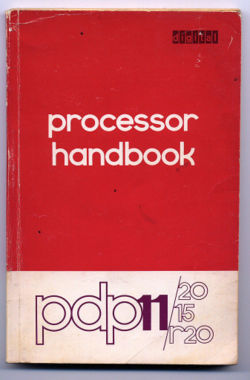Introduction to Other Handbooks
| OER Handbook for Educators | |
|---|---|
| Conclusion | The Future of OER | Encouragement | Introduction to Other Handbooks | Additional Reading | OER Forums | Glossary |
This handbook has shown Educators how to develop an OER by following the OER lifecycle. It has shown how to find existing OER and provided guidelines for localizing, remixing and using it in the classroom. Additionally, this handbook has pointed to areas of accessibility concerns at all points in the OER lifecycle. As discussed earlier, this handbook was designed for simpler, individual projects as opposed to developing large OER repositories. That is not to say institutional projects aren't valuable. On the contrary, they can be very beneficial. However, projects on that scale are very different from smaller projects.
This Educator handbook is the first in a three-part series. The second is geared towards instructional technologists and IT staff at institutions. That handbook will discuss some of the more technical details behind OER development as well as institutional issues such as long-term storage and administrative buy-in. It is based on an excellent document from UNESCO and UWC, called the UNESCO OER Toolkit[1]. Parts of this handbook are also based on that document.
The third handbook is geared towards policymakers, including superintendents, administration, and legislators. That handbook will go into greater detail about the advantages and disadvantages of OER on a macro-level as well as discuss institution issues. The policymaker handbook will focus less on technical details.
If you know of anyone who might be interested in these other handbooks, feel free to direct them to http://www.wikieducator.org/institution and http://www.wikieducator.org/policymaker. You are free to redistribute those handbooks, as well as this one, as long as the terms of the CC-BY-SA license are followed.
